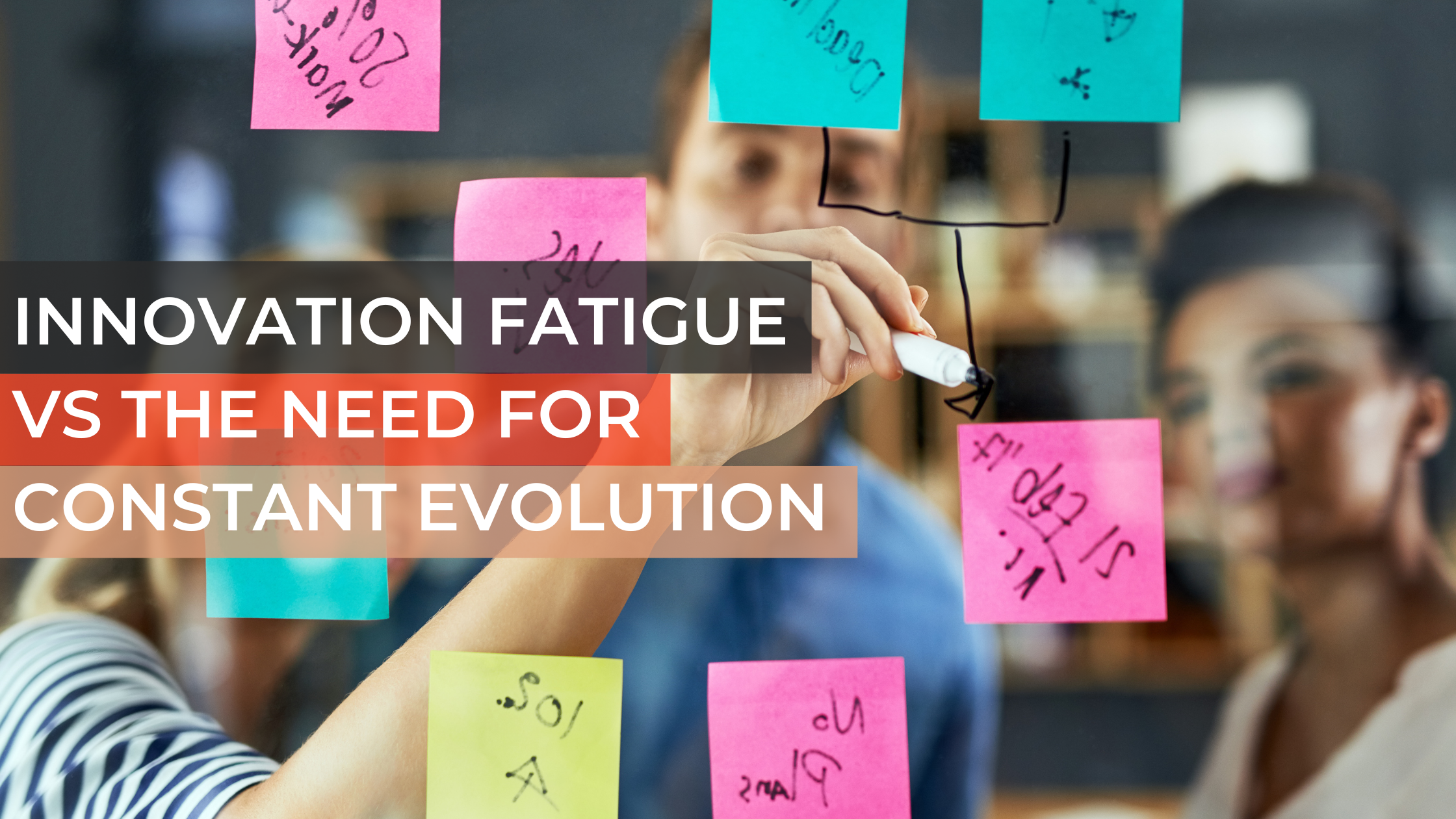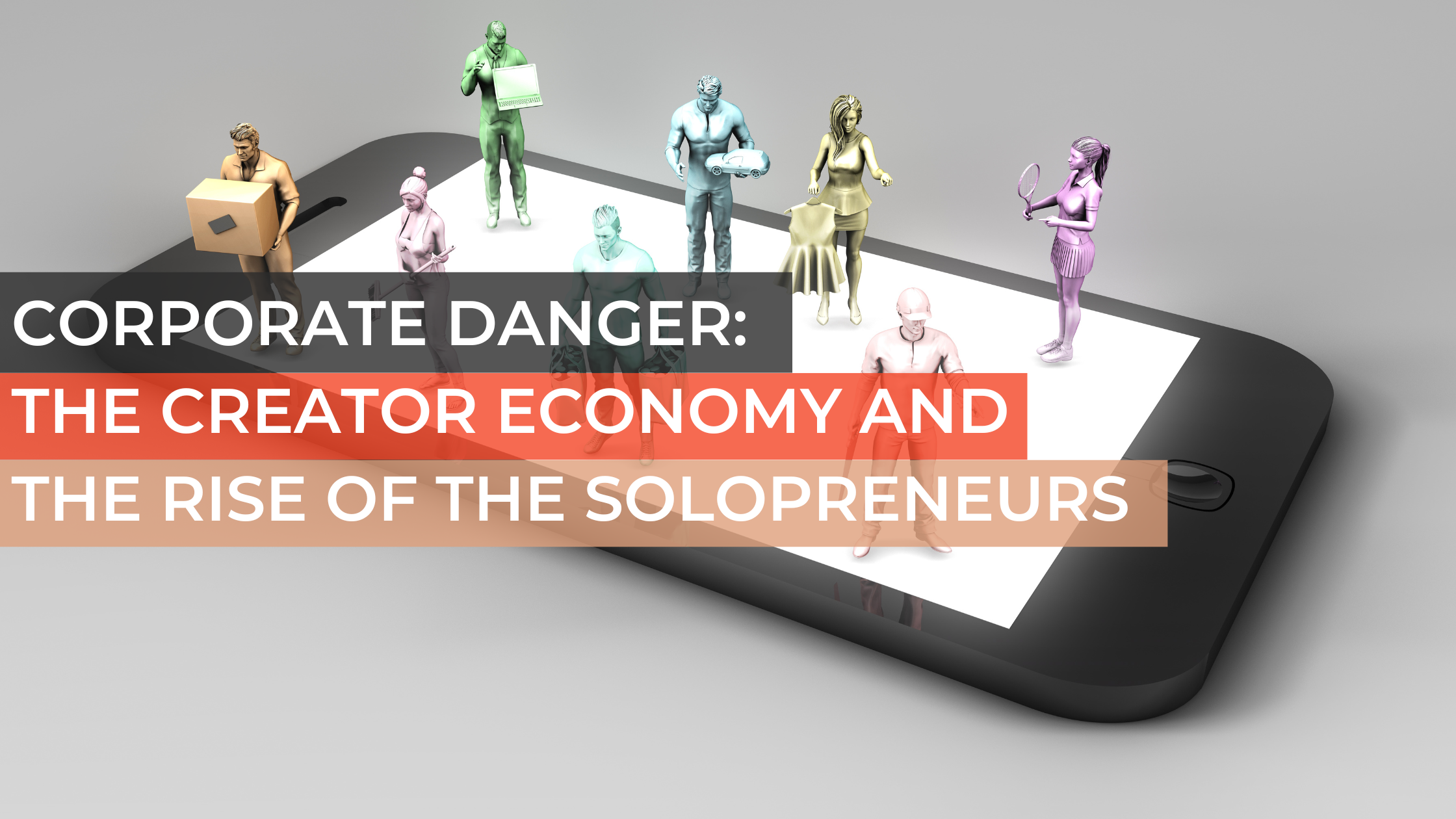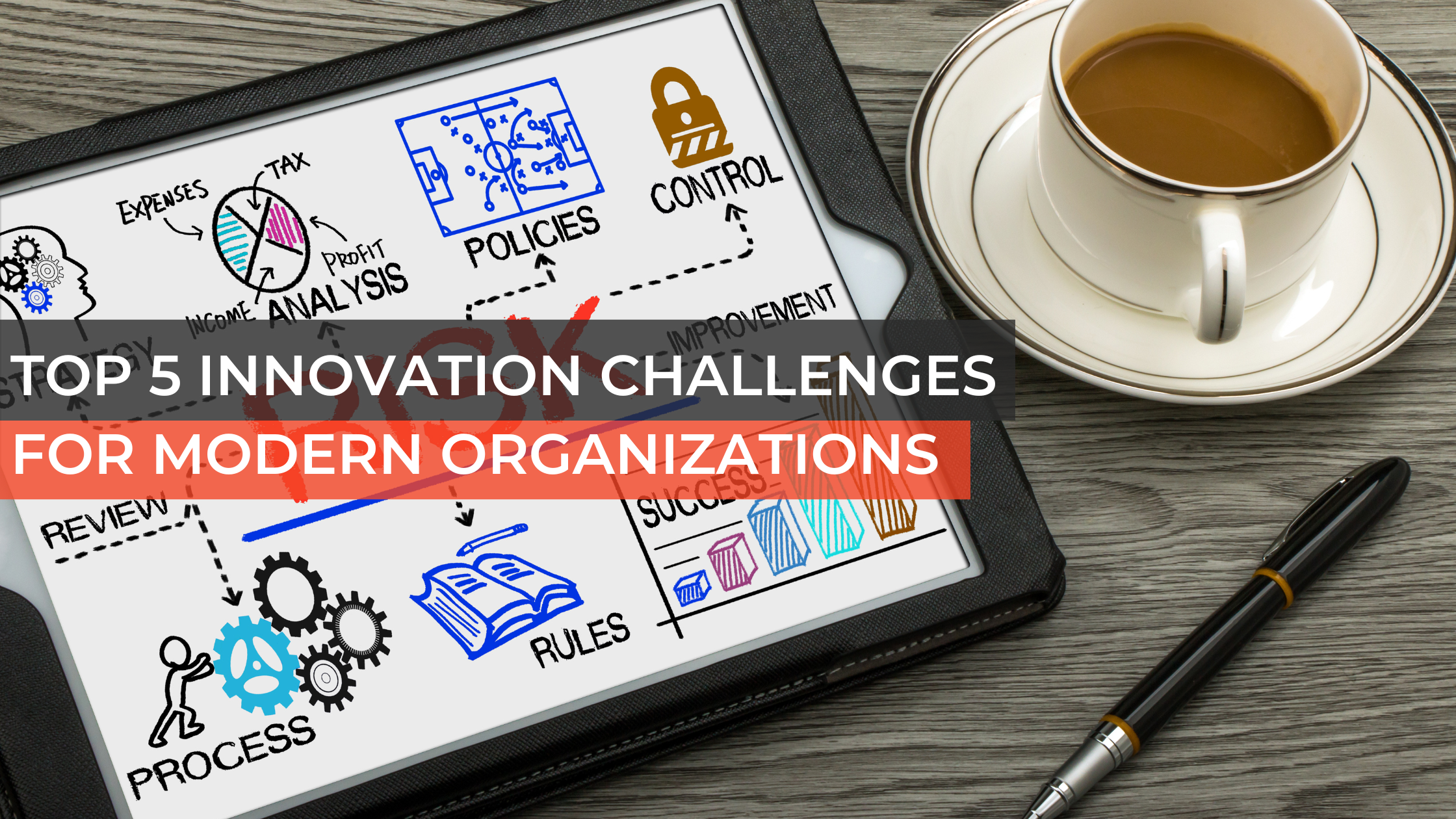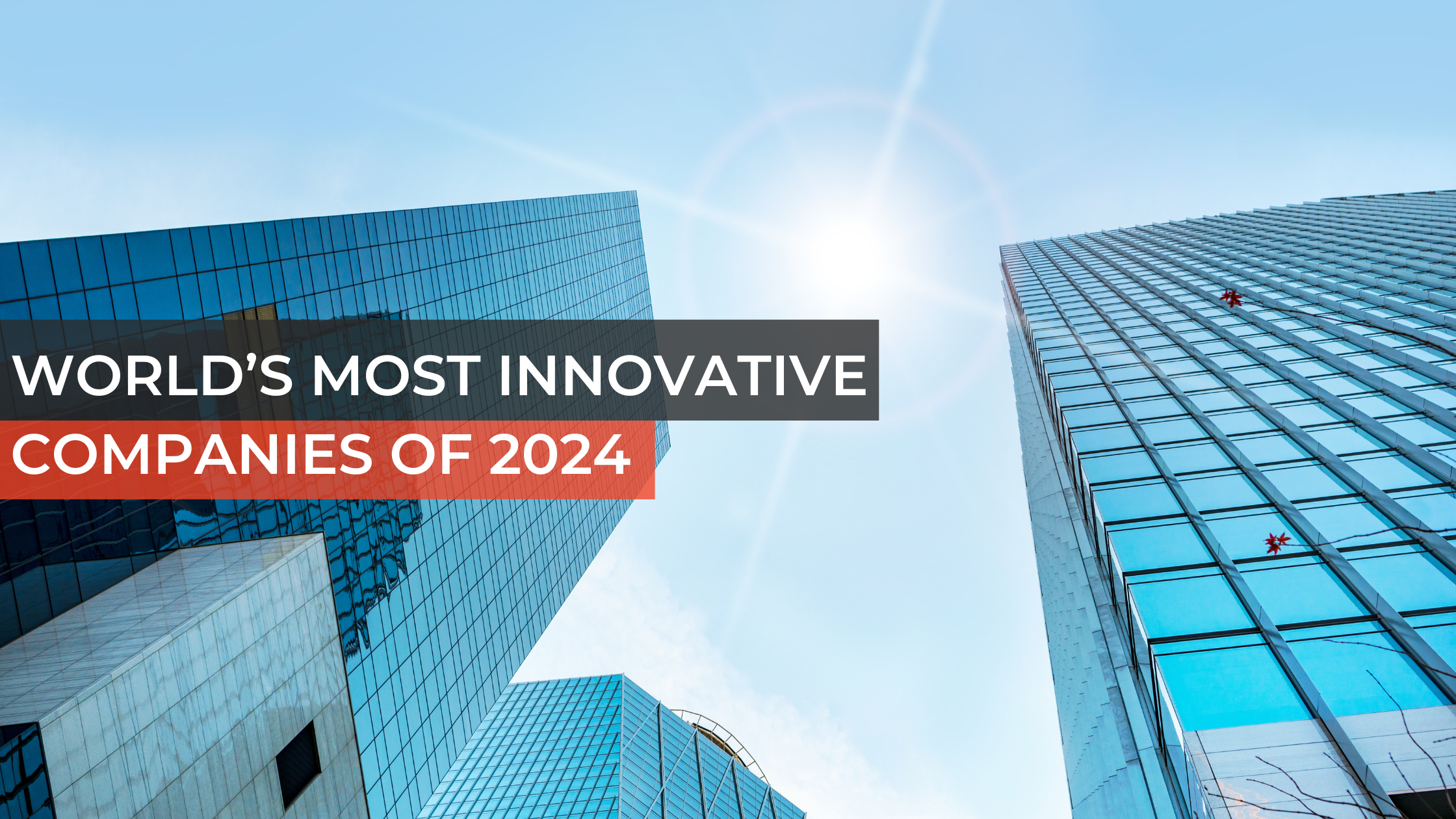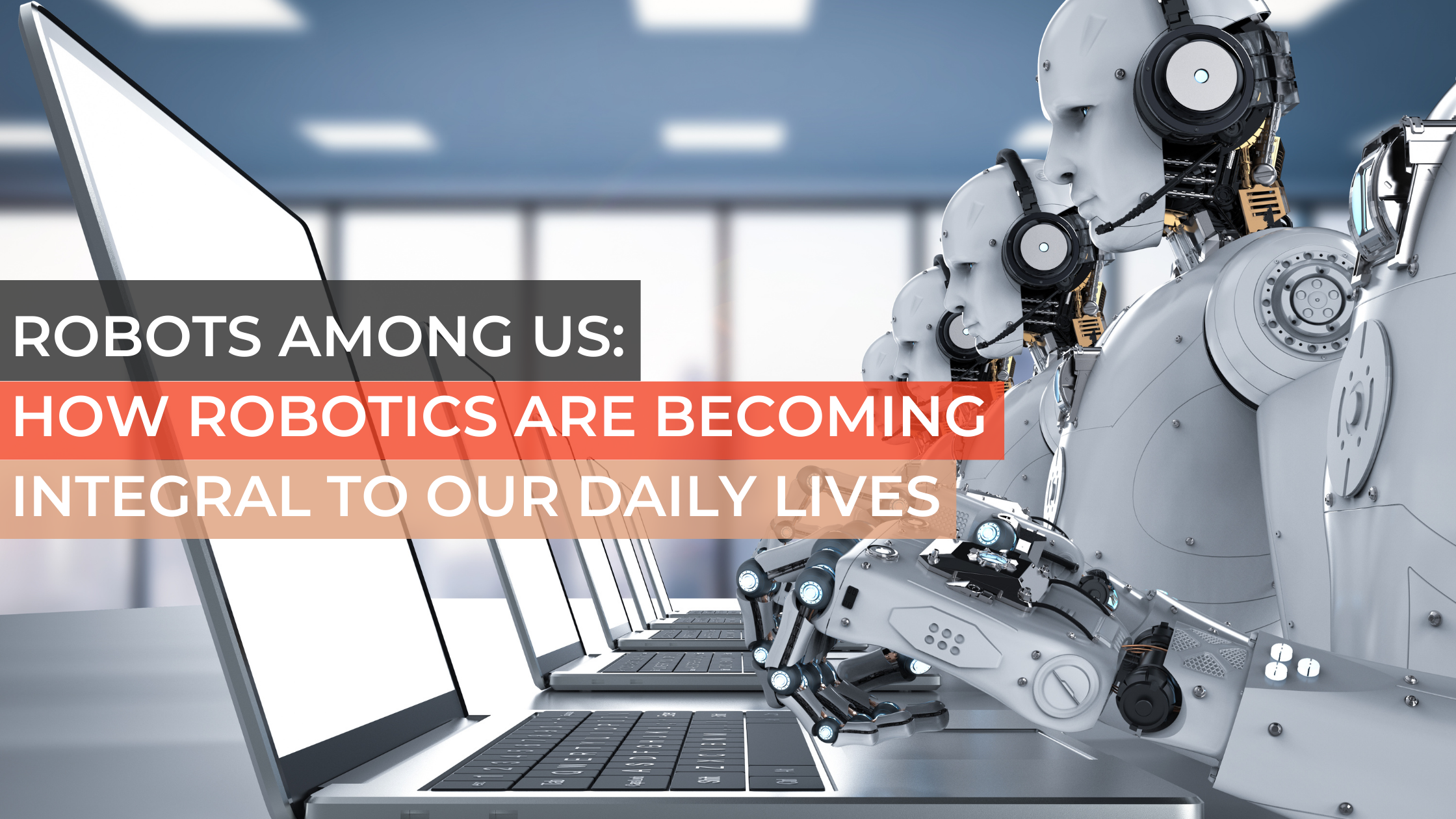In today's fast-paced market, businesses face constant pressure to innovate due to rapidly evolving technologies and changing consumer behaviors. For example, the growing trend towards digitalization and e-commerce has fundamentally shifted how products are purchased and used, demanding that companies continuously adapt. This dynamic environment makes it essential for businesses to consistently develop new and improved ways to enhance their offerings and operations, ensuring they stay ahead of the competition.
Companies that prioritize technological innovation in their strategies have grown significantly and adapted well to market changes. Leading global firms, including Fortune 100 companies like Amazon and Google, adapt to this trend. They stay ahead not just by following the current trends, but by anticipating future customer needs and successfully meeting them. Change involves more than introducing new products; it also means enhancing processes, entering new markets, and regularly updating business models. Strong research and development (R&D) efforts are essential for both immediate results and long-term stability.
As we explore the types of innovation, we see two main categories: disruptive innovation and sustaining innovation. While disruptive innovation can dramatically alter industry landscapes and consumer behaviors, sustaining innovation focuses on incremental improvements that enhance existing products and services without causing upheaval. This article explores how sustaining innovation, when strategically implemented, can drive growth and ensure stability without the risks associated with disruptive approaches.


